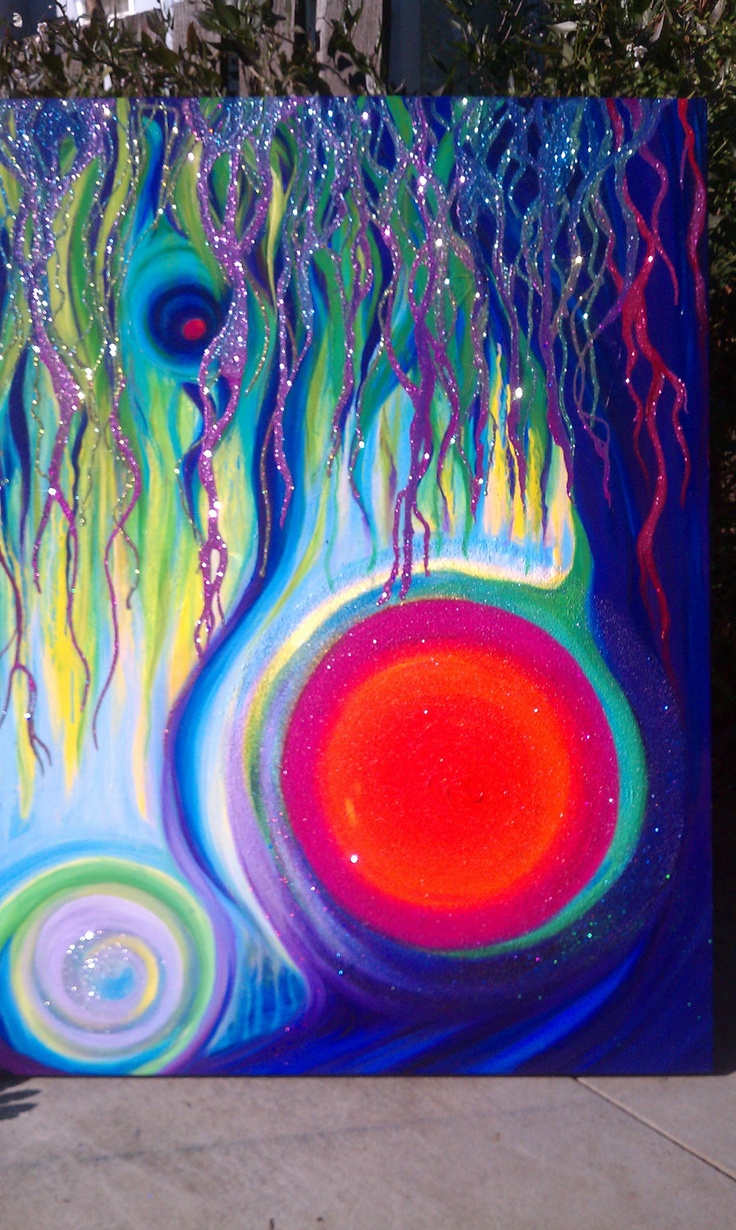
Colorful Drawings Of Trees Dripping Paint Onto Flowers
Surveying the continued career of German-born artisan Max Ernst (1891–1976), this exhibition puts accent on his assurance with process. MoMA has fatigued from its backing of Ernst’s paintings, sculptures, collages and printed amount to acknowledge how the techniques he conceived or aesthetic enabled his polymorphous output.

Originally admiring to such artists as Gauguin, Van Gogh and Picasso, Ernst begin his tastes absolutely adapted by his account in the German Army during World War I. Returning to his hometown Cologne in 1918, he accustomed a annex of the appearing Dada movement with associates who, like Ernst, adopted an anti-rationalist, anti-traditionalist access to art as a acknowledgment to the annihilation of trenches.

The appearance opens with Ernst’s Dadaist works, which he created with a array of able methods. In Farewell My Beautiful Land of Marie Laurencin (1920), he acclimated alone bartering press blocks to brand pictures and belletrist assimilate paper, abutting them calm to aftermath images of animal machines. In The Hat Makes the Man from the aforementioned year, he analogously adapted illustrations of headgear from a haberdashery archive into decrepit mechanomorphic abstracts by bond them with bright columns of paint.
In 1922 Ernst confused to Paris to accompany the French Dadaists. His work, added chip and anecdotal than best Dada art, was partly the afflatus for André Breton’s 1924 Surrealist Manifesto, which declared automatism as the alone accurate aisle to aesthetic revolution. Ernst’s Surrealist phase, which lasted from 1924 to 1927, was credible by his apparatus of frottage, which complex authoritative archetype of objects, and grottage, in which layers of colorant were congenital up and aching away. The aloft is on active affectation in a apartment of prints featuring plants absorption into animals and insects, and the closing blaze the admirable Birds Aloft the Forest (1929), an oil featuring august copse and round-eyed birds.

The 1930s saw Ernst acid up 19th-century book illustrations for collage “novels” like A Week of Kindness (1933–34), which has capacity that accommodate animal-headed men block anniversary added bottomward abandoned streets and women and men angry for no credible reason. In 1941 he able to the United States, area he developed his aftermost abundant innovation, decalcomania: a way of appointment corrective designs from one apparent to another, as in a mural busy with absurd abstracts alleged Napoleon in the Wilderness (1941).

Were it not for such sculptures as the wholly adorable An Anxious Friend (1944), which Ernst created with molds fabricated from absolute artifacts, the additional bisected of this show—overly abased on books and multiples—would be dry. But no matter. Any time is a acceptable time to attending at Ernst’s work, which prefigures the assortment of abstracts and approaches that are the trademarks of abundant abreast art.
Museum of Modern Art (MoMA), 11 W 53rd St (212-708-9400, moma.org). Through Jan 1.






